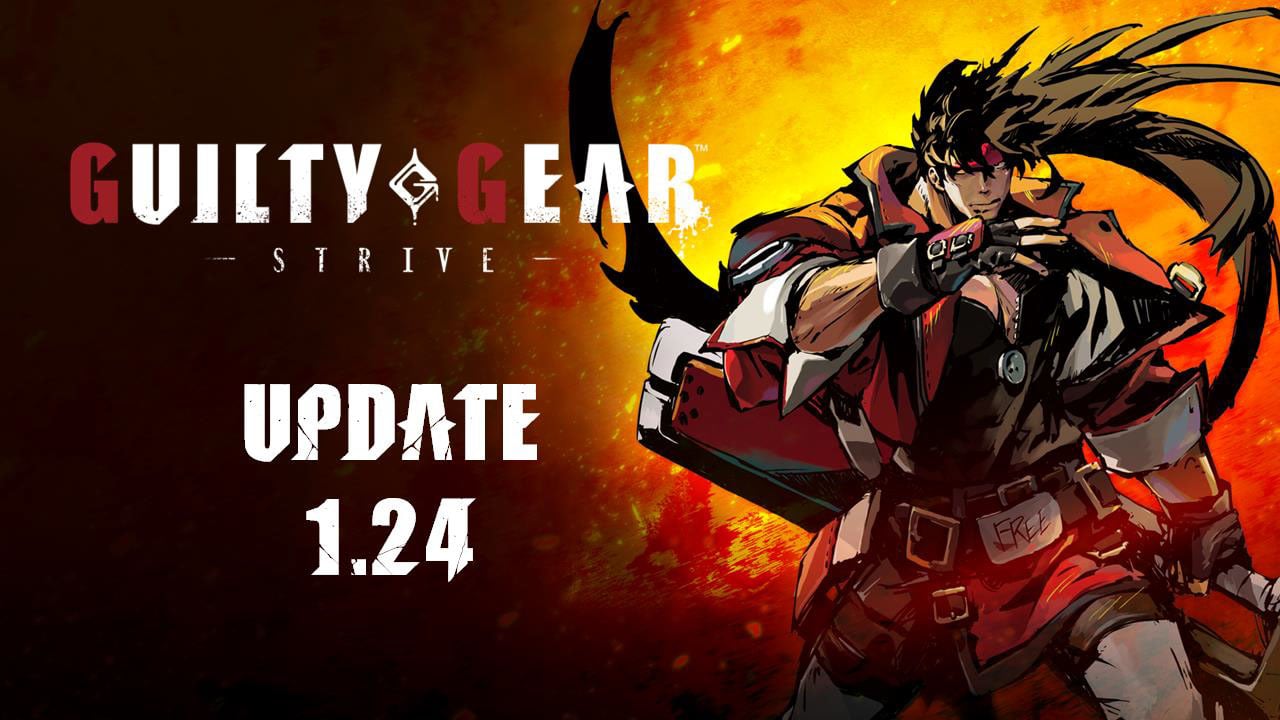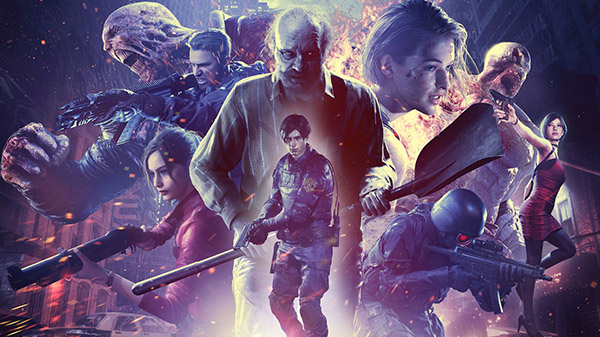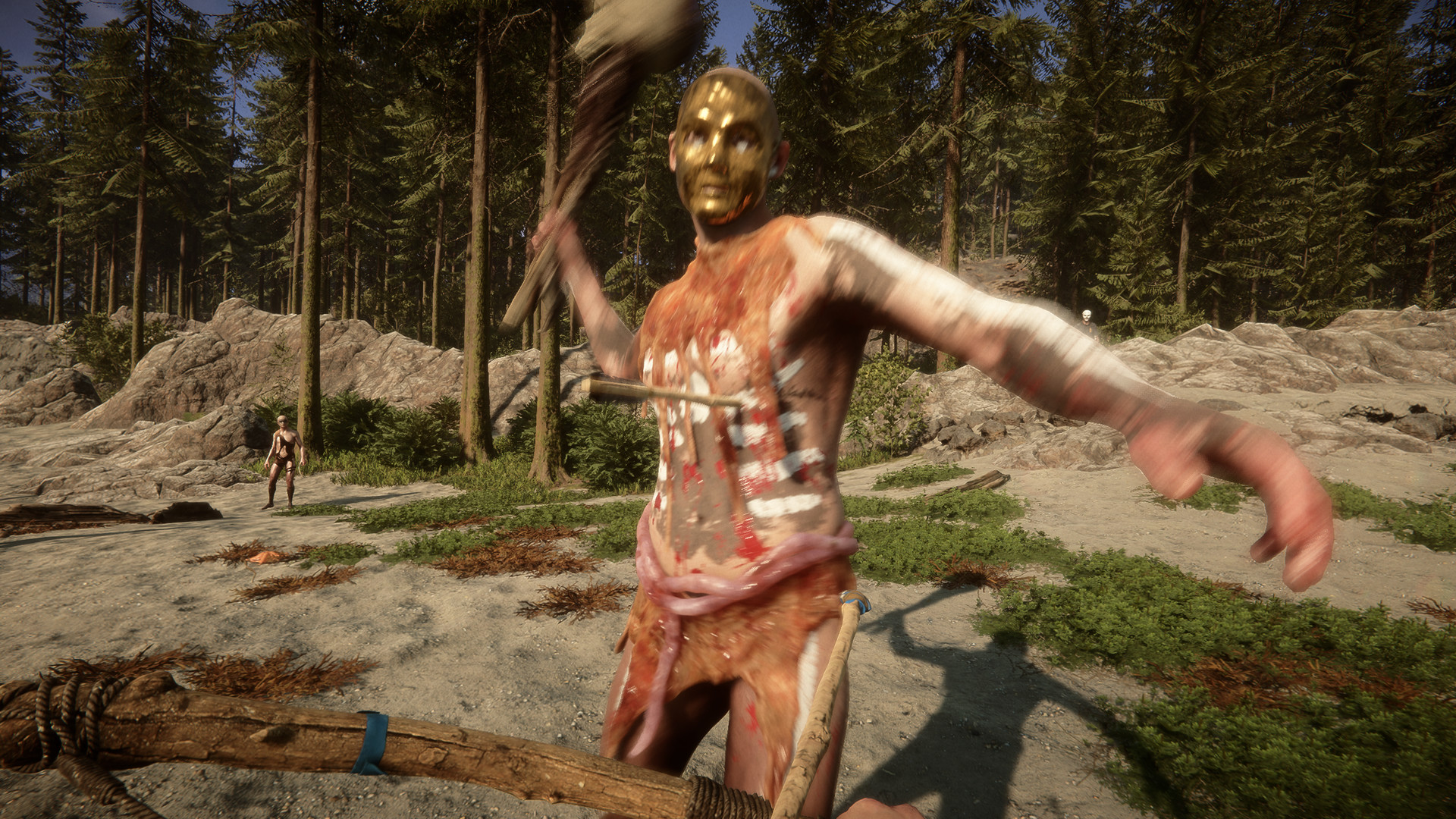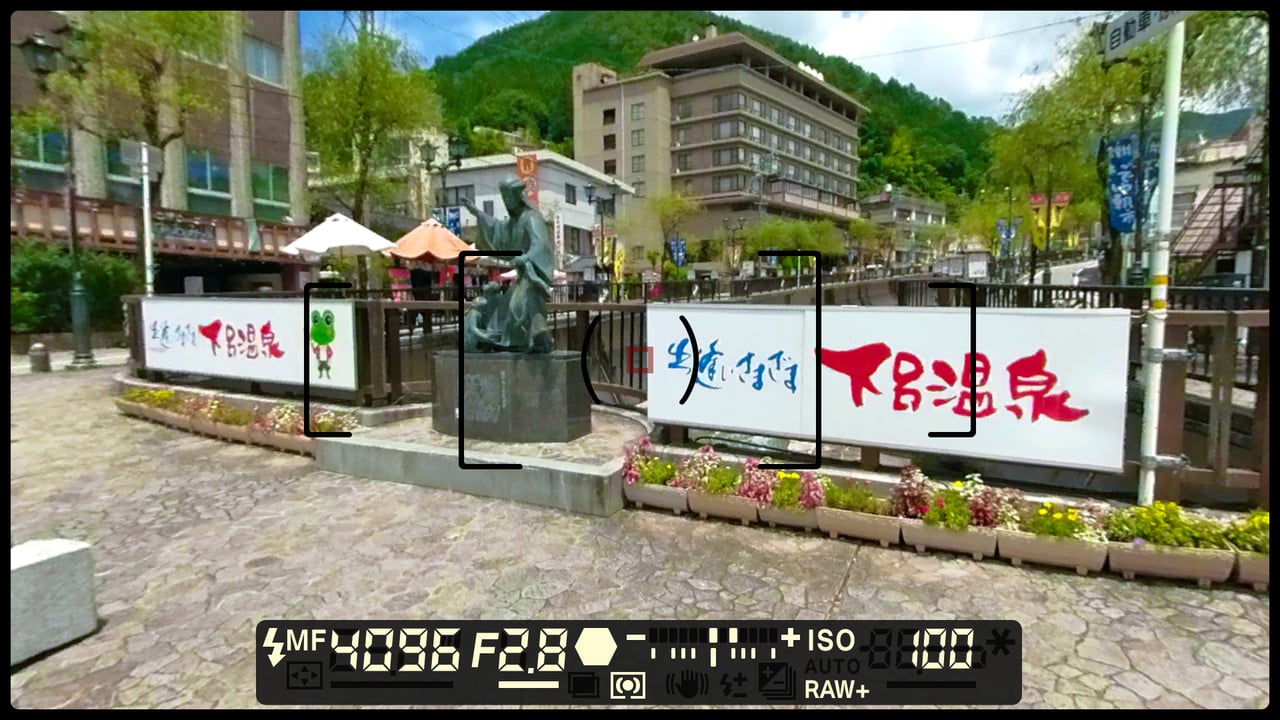# The Rumble Fish 2 – Famitsu video interview with Hiroyuki Kawano and Mitsuhiro Tanaka
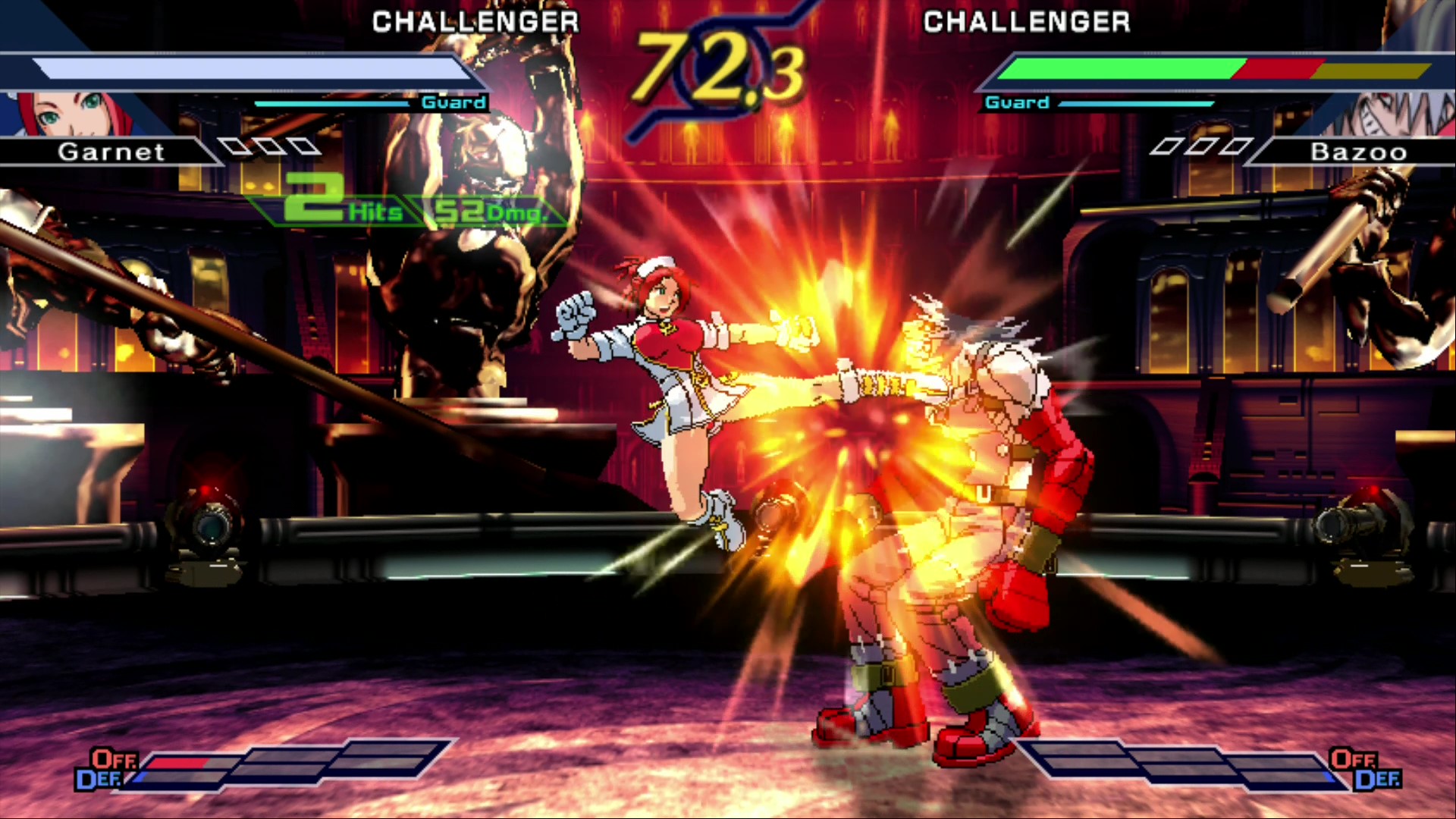
Table of Contents
”
The Rumble Fish 2 – Famitsu video interview with Hiroyuki Kawano and Mitsuhiro Tanaka “
Famitsu has published a video interview with Dimps executive vice president of business development Hiroyuki Kawano and engineer Mitsuhiro Tanaka on the newly announced console and PC re-release of the 2005-released fighting game The Rumble Fish 2.
In the interview, Kawano and Tanako discuss the creation of The Rumble Fish and what makes it stand out from other fighting games.
Kawano: “My name is Kawano. I currently work in the Business Development HQ of Dimps.”
Tanaka: “My name is Tanaka. I work at Engineering Department of Production Dept. 2 Headquarters.”
What was Dimps like when starting up?
Kawano: “We were at SNK before, so we worked on some things for consoles, but we put more effort into the arcade side. There was a console-focused team, but, like I said, the percentage of arcade was high. So, when we became Dimps and it came time to actually make a game for consoles, a lot of people were starting from square one.”
Why did you make The Rumble Fish?
Kawano: “It was about trying something new, especially without being tied to a specific platform. Maybe it’s misleading to put it that way. At the time things were done according to the manufacturer, or in the case of arcades, going by their board. But we at Dimps didn’t want to be tied to a particular platform while trying all these different things, various forms of digital expression and such. I believe that was one major reason. Of course, one of the arcade boards that we talked about was the Atomiswave.”
Tanaka: “I’m not sure how much I can say about the Atomiswave, but actually, we had been involved with a game that had been developed but delayed. So we gained all this knowledge, and it was right around that time The Rumble Fish project was getting off the ground.”
Kawano: “And after becoming Dimps, we borrowed from many well-known IPs. Later on, we made games that were more original. In many ways they were fresh. We could tackle making another fighting game. It was a new platform, and we were trying something new, too. I remember how hard we worked to bring this game to life. What a time. Though this is now nearly 20 years ago.”
Tanaka: “In terms of the original plan, one of the conditions from the start was what’s now called the “Parts Crush” system. We wanted to show the strength and beauty of fighters who fought on even after being hurt and knocked down. So, we wondered how best to deliver a new experience to the user when we implemented that on the Atomiswave board. That’s how we decided on using the SMA system.”
What sets The Rumble Fish apart?
Tanaka: “One major aspect for us in terms of game mechanics was that it had to have an easy entry level for players. Many of the 2D games of the time were ones like Guilty Gear, which lend themselves to offensive play styles. So, for The Rumble Fish, we built the system to start from offense, with Rush Combos, aerial follow-up attacks, and the like. We made mechanics like Impact Breaks that let you counterattack and slow down the enemy.
“Another big feature of The Rumble Fish was that we split the gauge in two. In games where you have only one gauge, if you spend it all attacking, then you’re left without defensive options. That can be fun in the sense of having a trade-off, but we took a different approach. We made it so you still had ways to block even after exhausting your attacks. This might be the most important thing. You had the option of aiming to do massive damage after using all of your defensive options. It’s fun having it split up. We built the mechanics around having more choices.
“And since there are two gauges, it’s set up so you can save them both up for an explosion of damage in the form of Critical Arts.”
What did you pay special attention to?
Tanaka: “I believe in mobile and browser games you can do animations with articulated bones. If you look at those closely, you don’t have to change patterns to do this kind of motion so it’s very easy to do. But the designers were very particular about this. They wanted the illustrations to be really cool, so they wouldn’t punch that way but more like this. But when you do that, you need to have designs for this kind of arm, and this one, and this one. You end up having to draw each one and then connect them. The system was such that designers could sink endless time into it if they wanted to.”
Kawano: “In my position I have to negotiate schedules and budgets, so I had a lot of conversations on why it was taking so many man hours to work on each character.”
Any words for the fans?
Tanaka: “To those of you who have been waiting for a console release of The Rumble Fish 2, we appreciate how long you’ve been waiting for this. We hope you’re looking forward to the game because we really think 3goo has done a wonderful job on the port. Actually, even I’m very excited for its release. I hope we can have fun playing together. Thank you.”
Kawano: “It may be quite an old game, but since it’s being ported, I hope you can enjoy it as a game that has found new life. I’m looking forward to it, so I hope you are as well.”
Famitsu also published a longer, text-based interview with Kawano and Tanaka, which delves deeper into the game’s creation and systems. Read that in Japanese here.
If you liked the article, do not forget to share it with your friends. Follow us on Google News too, click on the star and choose us from your favorites.
For forums sites go to Forum.BuradaBiliyorum.Com
If you want to read more News articles, you can visit our Game category.
